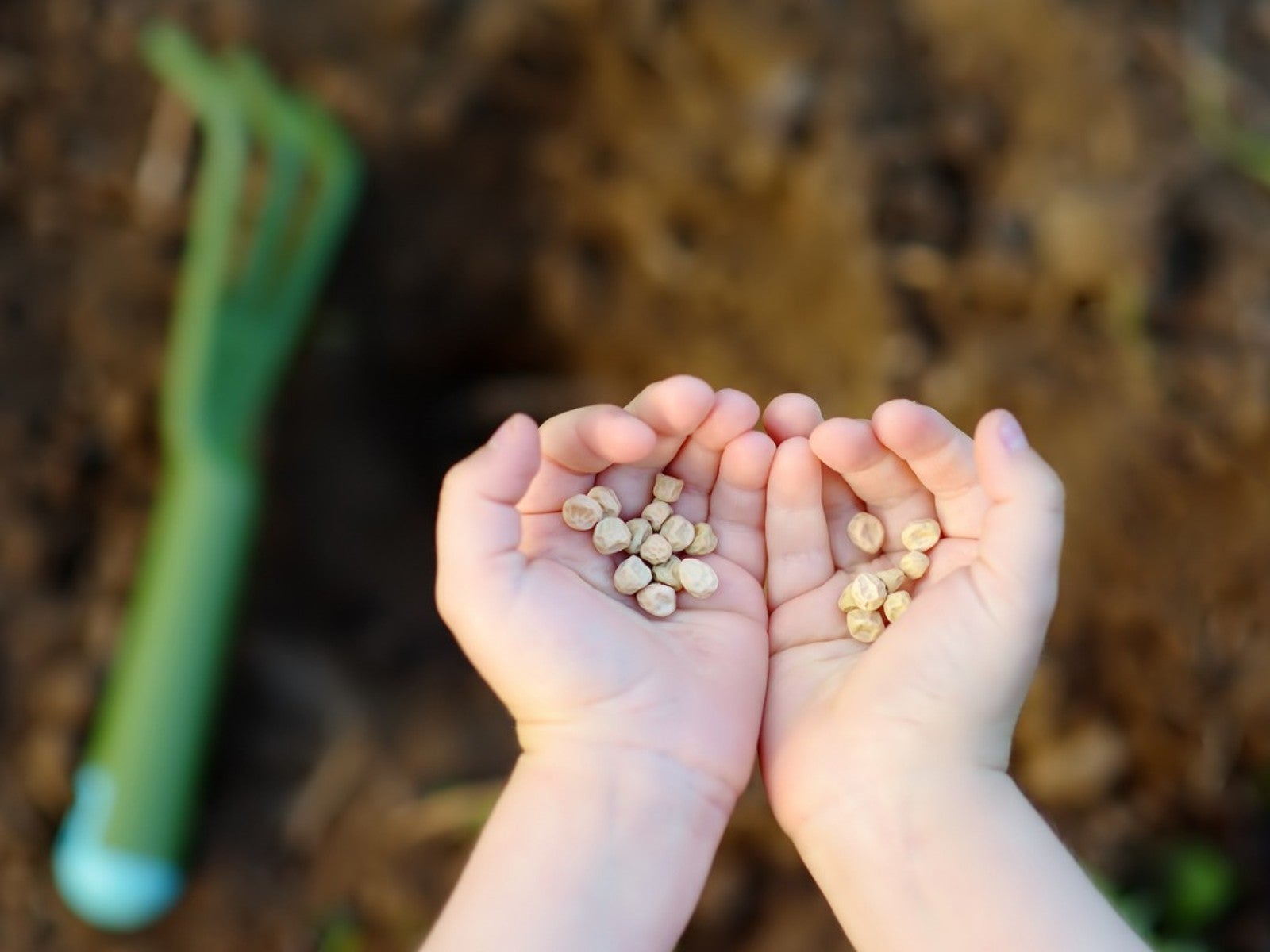Planting A Garden From Seeds For Flowers Or Vegetables

Sure you can purchase veggie or flower starts, but it’s so satisfying and fun to plant flowers and vegetables from seeds. The idea has been percolating around in your head for a while, but you have no clue how to start a garden from seeds. Don’t worry, we’re here to help. Read on to learn how to start a vegetable garden (or flower garden) from seeds.
About Seeds
Seeds are a little miracle in and of themselves. They contain all the information to germinate and grow into a fully fledged bloom, vegetable or fruit.
All flowering plants reproduce from seeds, although some are propagated via cuttings. Annual blooms and vegetables are most often started via seed in the spring and produce within the growing season, while perennials propagated in this manner generally need a chilling period and will not establish until the next year.
Some regions have a short growing season and are not as suited to growing via seed. In this case the gardener has three choices: purchase plants, start seeds early indoors, or plant in a cold frame. Cold frames allow the gardener to start plants as much as 6 weeks prior to direct sowing outdoors.
If you are starting seeds inside, avoid sowing too early. Plants sown early may become crowded and leggy before it is safe to transplant them outside. Also, harden off plants grown indoors or in a cold frame by gradually exposing them to outdoor light and temps.
Not all seeds will grow to fruition in your region. It is important to follow guidance regarding your USDA zone and use good quality, viable seeds.
How to Plant Flowers from Seeds
The easiest flowers to grow from seed are wildflowers. Wildflowers require the least amount of effort or planning as they are – or should be – native to your region and thus already acclimated to those conditions.
Gardening tips, videos, info and more delivered right to your inbox!
Sign up for the Gardening Know How newsletter today and receive a free copy of our e-book "How to Grow Delicious Tomatoes".
The area for a wildflower garden should just be weeded, raked clear of large rocks or other debris, and tilled to a depth of about 4 inches (10 cm.). Then just broadcast the seeds and water them in.
Annuals are fast growing flowers from seed. Most annuals grow well when directly sown after the threat of frost has passed in the spring and when soil temps have warmed.
Perennial flowers for cutting should be planted in the fall, ideally in a hotbed or cold frame or in a well-draining area with at least 6 hours of sun per day. Keep the seeds moist.
In any of these cases, when growing flowers from seed, most require full sun and a level area of fertile soil that is well-draining.
How to Start a Vegetable Garden from Seeds
Vegetable seeds are generally less expensive than starts, but produce like tomatoes, eggplants and peppers that require a longer growing season may be worth spending the money. These crops are also susceptible to damping off and require warmth and plenty of light. Of course in lieu of purchasing you can also start these seeds indoors with the aid of a warming mat and supplemental grow lights.
Otherwise, before sowing any veggie seeds it’s a good idea to look at the seed packet for information on time to maturity and sowing time.
Root crops and others with long taproots do not transplant well and should be direct sown. Others such as peas and summer squash grow so rapidly that there is really no point to starting them indoors. Common vegetables that are generally direct sown include beans, beets, carrots, corn, cucumber, garlic, lettuce, muskmelon, okra, parsnips, peas, pumpkins, radish, rutabaga, salsify, squash, turnips, watermelon and zucchini.
Slow growing crops such as artichoke, basil, broccoli, Brussels sprouts, cabbage, Chinese cabbage, cauliflower, celery, chard, chives, collard, eggplant, endive, escarole, kale, kohlrabi, leeks, mustard, parsley, peppers and tomatoes do best started indoors.
Some plants such as asparagus, garlic, horseradish, onions, potatoes, rhubarb, shallots and sweet potatoes are not started from seed but rather from bulb, slips or root divisions.
Indoor Seed Starting Tips
Always use soil-less medium to start seeds indoors. Outdoor soils contain pathogens that can damage delicate seedlings.
Follow the directions on the seed package for the appropriate growing medium temperature. A seed starting heat mat or thermometer set to the right temperature for the growing medium will aid you.
Keep seeds moist but not wet. Overwatering causes disease.
Provide consistent bright light either by placing the seeds in a south-facing window or providing artificial light.
Always harden off seedling prior to transplant. Start by placing the seedlings in the shade and then gradually over the course of several weeks move them into increasing sunlight for longer periods of time.

Amy Grant has been gardening for 30 years and writing for 15. A professional chef and caterer, Amy's area of expertise is culinary gardening.